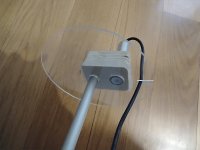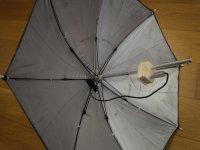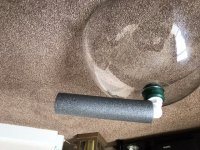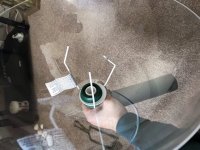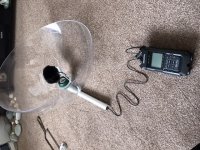Feel free to ask for details if necessary.
Cheers)
I have readed this post with a lot of useful information: DIY STEREO PARABOLA
When I bought the squirrel, I was going to copy the Figure 15 but I was afraid of the handling noise, this is why I did the housing, but with the housing I lost something very important that I didn't realize at the moment, this is written under figure 3:
"a physical effect used by a special sort of microphone, the boundary microphones or pressure zone microphones, comes into play: If sound waves hit a non-absorptive boundary, the signal of the direct and reflected signal add up and double sound pressure, thereby increasing the peak gain by 6dB"
This physical effect is what I think is being used in this other system with an acrylic pyramid:
DIY microphone system for tuning into avian nocturnal flight calls
I have to do some test to understand better all this information and work out how to use it.
The "squirrel" is for static recording whereas the "umbrella" is for hiking. I both cases the main goal is bird ID = Birdnet in real time + recorder (audacity at home)





